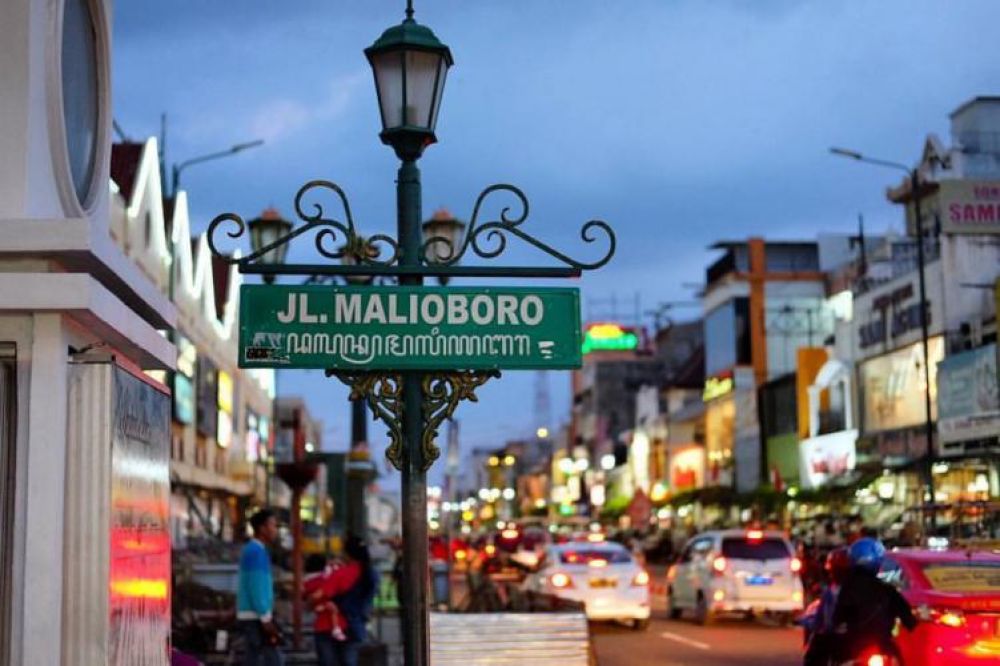

Located in the heart of Yogyakarta, Malioboro Street is a vibrant and bustling hub of cultural and economic activity. This iconic street holds a deep historical significance and had played a critical role in developing tourism in the region.
The origins of Malioboro Street's tourism appeal can be traced back to the Dutch colonial era. With Yogyakarta serving as an important seat of Javanese culture and the Dutch East Indies’ administrative center, Malioboro quickly became a commercial center. Prestigious hotels and shops were established to cater to Dutch officials, oriental adventurers, and wealthy locals, gradually providing the foundation for what would become a thriving tourist destination.
After Indonesia gained independence in 1945, Malioboro retained its significance as a market street. Local entrepreneurs seized the opportunity to cater to a new wave of domestic tourists who arrived to experience the culture and history of Yogyakarta. The street's reputation began to spread internationally, as travelers sought out its distinct atmosphere, regional handicrafts, and street food.
Malioboro's development into a cultural icon continued unabated throughout the 20th century. Known for its artists, performers, and musicians, the street evolved into a living gallery of Javanese and Indonesian culture, drawing curious visitors from all over the world.
In recent years, Malioboro Street has adapted to modern tourism trends without losing its historical charm. The local government pedestrianized the street, and a tram line was introduced, improving accessibility and enhancing visitor experiences. The street is now lined with contemporary cafes, boutique hotels, and souvenir shops alongside traditional vendors, harnessing a blend of the old and new.
With the rise of digital media, Malioboro Street has gained a robust online presence, which has shaped new trends in tourism. Social media has played a significant role in promoting the region's attractions, and many businesses leverage online platforms to reach a wider audience. Tourists can now explore virtual tours, share their experiences instantly, and engage with the destination before they even set foot on Malioboro Street.
The surge in popularity of Malioboro Street has also brought challenges, with concerns over commercialization and the preservation of the street's historic integrity. Efforts have been made to implement sustainable tourism practices, ensuring that the cultural heritage and environmental wellbeing of the area are safeguarded for future generations.
In conclusion, Malioboro Street's tourism has evolved dramatically from its colonial roots to a modern, flourishing destination. While embracing change, it has successfully preserved the essence of its cultural identity, offering a unique blend of history, shopping, and local traditions that continue to enchant visitors from across the globe.